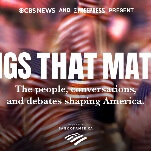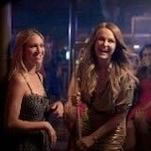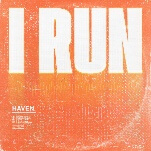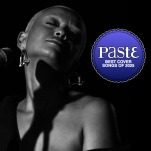Photographed in CinemaScope, with a color palette pleasing to chimps and small children, Pillow Talk stars Hudson as a dapper playboy who woos a different woman a night with his songwriting skills. Day plays a lonely interior designer who grows tired of Hudson hogging up the party line with his smarmy romantic shtick. When the two finally meet in person, Hudson seizes the opportunity to get the drop on his adversary by disguising his voice and pretending to be a wealthy Texan with wholesome values and an absurd Southern accent. Day falls for this wonderfully ridiculous persona, leading to many split-screen phone conversations and some genuine feelings on both ends of the line.
If the tone of Pillow Talk were any lighter, it would drift across Central Park like an errant balloon, but there’s something vaguely sinister about Hudson’s deception. The only difference between Hudson adopting a fake persona to seduce Day and the guys in In The Company Of Men seducing the deaf secretary is that her charms eventually defuse his hostility; his motives at the start are essentially the same. But the movie has the remarkable ability to dispel any icky feelings evoked by its premise, thanks to an Oscar-winning script (by Stanley Shapiro and Maurice Richlin) that ingeniously fuses old-fashioned theatrics with playful modernity, and cheery performances by its two leads and Tony Randall and Thelma Ritter in support. Camp enthusiasts will find plenty to chortle about here, like a scene where Randall advises Hudson to quit tomcatting around and settle down with a nice woman, but the film is keenly aware of its own bubbly naivety. It beckons us to escape into an alternate-universe Manhattan of silk pillowcases and impeccable orthodonture, and for half a century, we’ve happily obliged.
Key features: As part of Universal’s 100th-anniversary collector’s series, the Blu-ray/DVD comes with a snappy booklet of trivia and cast information, a terrific commentary track with three film historians, and a couple of largely disposable featurettes about the film’s cultural significance.









































